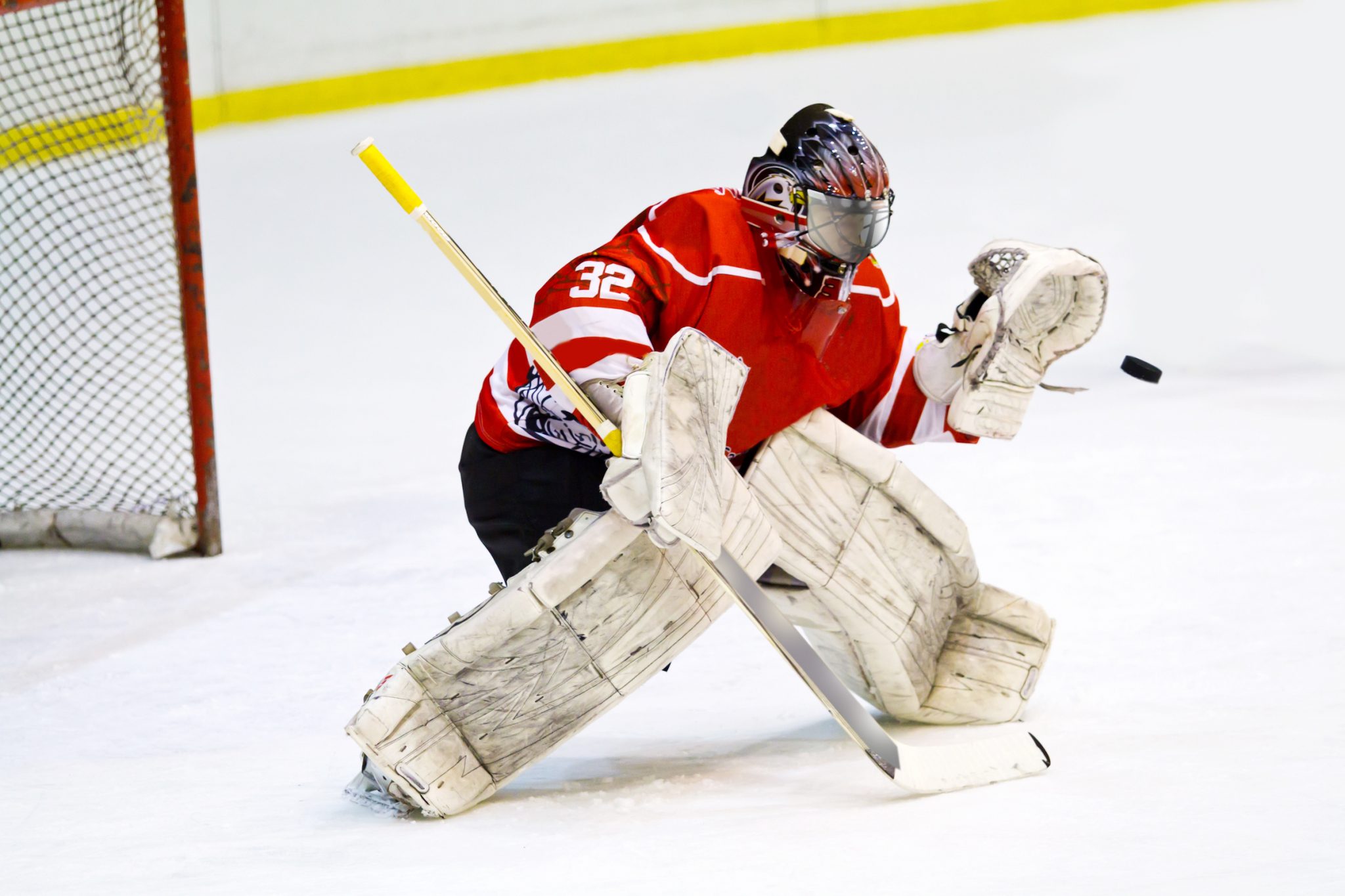Vision Training for Goaltenders, by Okanagan Vision Therapy
“Your biggest muscle as a goalie is your eyes,” Holtby told InGoal magazine. “I do a lot of visual training in my pre-game routine to warm up my eyes and keep them sharp. If you’re not seeing it, nothing else matters. Your eyes are the…

“Your biggest muscle as a goalie is your eyes,” Holtby told InGoal magazine. “I do a lot of visual training in my pre-game routine to warm up my eyes and keep them sharp. If you’re not seeing it, nothing else matters. Your eyes are the basis of your whole game.”
This recent statement from NHL All-Star goaltender Braden Holtby perfectly reflects the sentiments that we aim to pass along to many of the goaltenders and athletes that we work with at Okanagan Vision Therapy. Many of the goaltenders that we assess have had previous eye exams and may even wear contact lenses or glasses – but they are rarely aware of the many additional areas of visual function that they may need to improve in order to ensure they are able to perform at the top of their game.
Improving the Visual Reaction Time
Most of you who have had an eye exam have heard the term 20/20 vision. This particular benchmark for clarity of objects is extremely important for goaltenders (and non-athletes of course), but even if one possesses 20/20 vision (or “better” than 20/20 vision) it is important to make note of the fact that this level of clarity is only present when both yourself and the target you are looking at are in direct alignment and not moving. In fact, if a target (such as a fast moving slap shot) is being seen by a point a mere 5 degrees off of your central point of fixation, you are now seeing it with 20/50 clarity (2.5x worse) and at 10 degrees off of your central fixation, you are now only able to resolve with 20/100 clarity (5x worse). Keeping your eye on the puck certainly has its benefit! It is important to understand however that the degradation of resolution that occurs when using our peripheral vision is not always a negative. The peripheral architecture of our eyes houses the majority of our motion-detecting system (magnocellular pathway) and doesn’t necessarily need to see targets as clearly – it just needs to know where they are and where they’re likely going. For a goaltender, this is key. Specified training to help harness peripheral visual cues and integrate them with our central point of clarity (our “20/20” centre) is essential to improving the visual reaction time that is necessary between the pipes. When a goalie is reacting to a puck travelling upwards of 150 km/hr, every millisecond counts.
Eye Tracking & Teaming
Along with integrating the relationship between one’s central and peripheral vision, it is important to assess whether there are particular directions of gaze where one’s eyes stop working as effectively as a team. If our eyes are not precisely aligned with one another, visual suppression occurs and we can transiently lose the high level depth perception that is critical when stopping a puck. Looking at the incredible complexity of the neurology of our eye-teaming system, it is not surprising that many people will have angles of viewing where they are not as efficient and where their depth perception subsequently suffers. As an example of this, we recently evaluated a goaltender who was struggling to stop shots to his blocker side. Assessment revealed that his eyes were not working well as a team when viewing to the right and that his depth perception was dropping in this position of gaze. Given that information, we knew where to focus his training and his game not so surprisingly improved.
Near-Far Focus, Improvement with Vision Therapy
Flexibility of near-far focus (accommodation) is one of the additional pillars of training that is essential for a goaltender. When we transition from looking at a distant target (defenceman on the blue line) to a near target (the forward fighting for position in front of the net) there is a cascade of muscular contraction and relaxation that is occurring within our eyes. Fortunately this cascade is very amendable to training using many of the fantastic tools now available to us in Vision Therapy. Building acute accuracy and flexibility into this accommodative system is what helps gives many goaltenders the edge when it comes to tracking pucks, players and their ever-changing visual surroundings.
Detailed Assessments and Individualized Vision Therapy Treatments
What you may be able to sense from this article is that no two training protocols for goaltenders will be the same. Detailed assessment will uncover the precise areas of visual deficiency unique to each individual and will allow us to create programs unique to their situation. While there are certainly many visual drills available out there for goaltenders, I often feel that it’s important to first identify what part of your visual game is lacking and subsequently direct your training. As athletes, we all have areas of relative strength that we enjoy making stronger – but focusing our efforts on identified and objective areas of weakness is what will ultimately lead towards the measurable gains and improved skills that we all desire.
Until next month,


